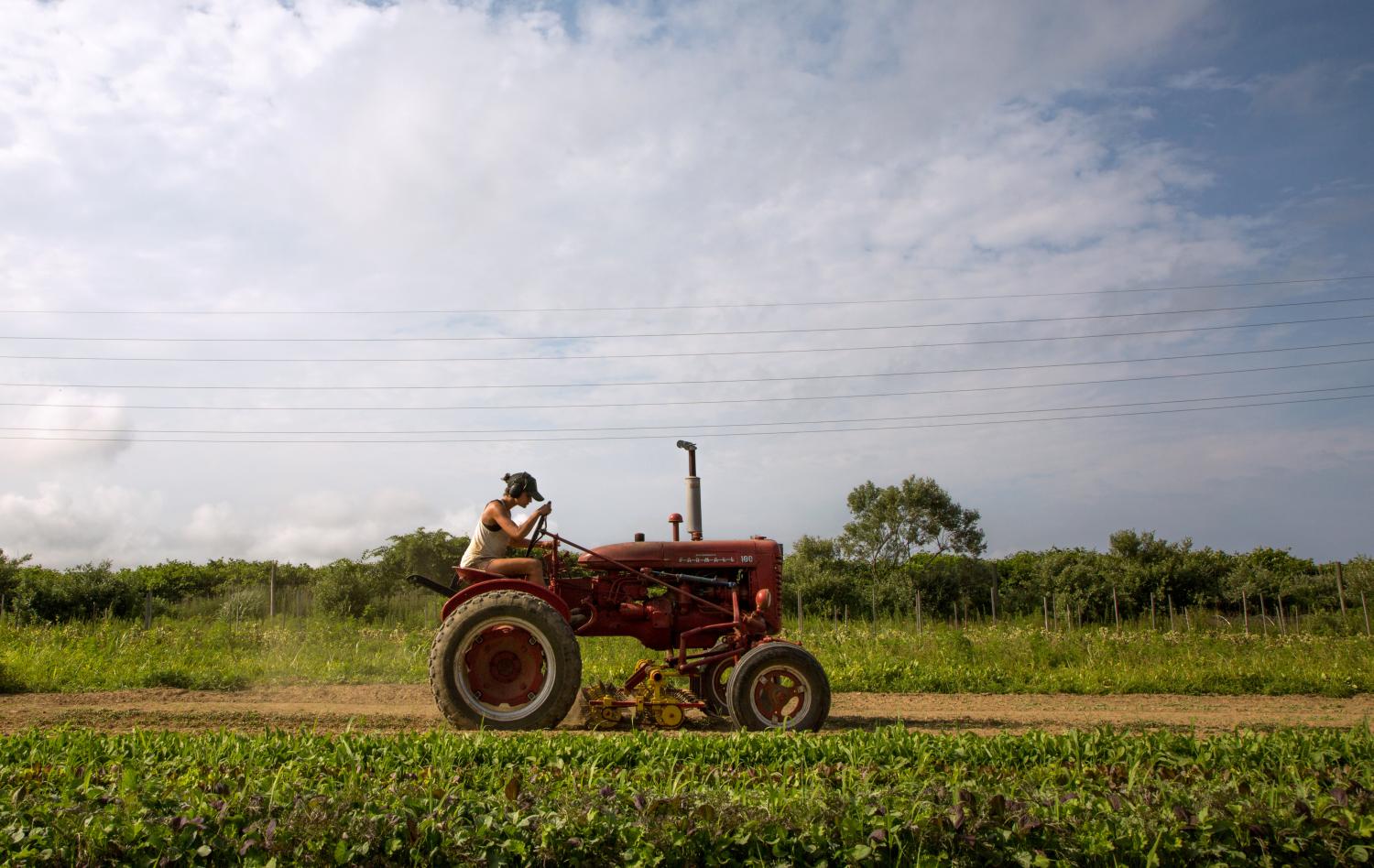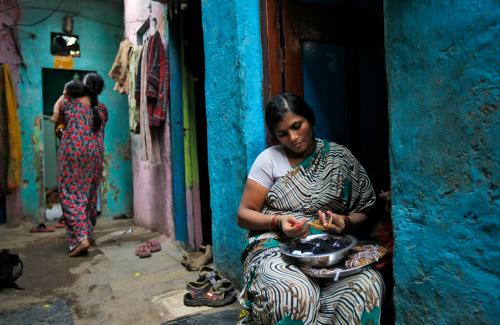This paper was originally published by the Boston Federal Reserve, at their 63rd Economic Conference, A House Divided: Geographic Disparities in Twenty-First Century America. The conference took place on October 4th, 2019.
There is much to be troubled about in the state of America today. We boast booming stock markets and record low levels of unemployment, yet significant sectors of our society are dying prematurely from preventable deaths (deaths of despair) and almost 20% of prime aged males are out of the labor force.1 Americans have higher levels of well-being inequality and report more pain on average than countries of comparable and even lower levels of income.2 There are other signs of decline, ranging from falling levels of civic trust to viscerally divided politics.
These trends have already received significant scholarly attention. Yet we provide a different perspective by tracking the reported well-being and ill-being of individuals and places. We find large differences in these trends across education levels, races, and places. Desperation – and the associated trends in premature mortality – are concentrated among the less than college educated and are much higher among poor whites than poor minorities, who remain optimistic about their futures. The trends are also geographically dispersed, with racially and economically diverse urban and coastal places much more optimistic and with much lower incidences of premature mortality (on average). Both death and desperation are higher in the heartland and in particular in areas that were previously hubs for the manufacturing and mining jobs which have long since disappeared.
Our earlier work shows that the geographic patterns in lack of hope, worry, reported pain, reliance on disability insurance, and deaths of despair are remarkably consistent across these places. Monnat and Brown (2017) find that counties with higher levels of poverty, obesity, deaths due to drugs, alcohol, and suicide, more non-Hispanic whites, individuals on disability or other safety nets, and smokers were the same places where Trump “over-performed” in terms of predicted votes 2016.3
In this paper, we supplement what we know about these race and place-based trends with new research on the role of inter-generational mobility, prime aged individuals out in the labor force, and rural and micropolitan versus urban differences. We explore how patterns across these cohorts, races, and places associate with the worrisome trends in lack of hope and premature death. We also add in new indicators which assess financial, social, purpose, and community level well-being.
A related issue is why there is less geographic mobility today – e.g. people moving to economic opportunities – than there was before. Internal migration rates have trended steadily downward over the past 25 years and are now lower than at any time in the post-war period. There are many reasons for this, ranging from high housing costs in the economically vibrant urban areas – and potential skill mismatches for low-skilled workers – to the collapse of the housing market during the financial crisis and the inability of many home owners to sell their homes or foreclose on their mortgages.4 While there is no consensus on the extent to which this trend is a driver of the decline in labor force participation, recent research suggests that the trend is longer term and structural, rather than simply a feature of the financial crisis, although the latter may have exacerbated it.5
There are other reasons for the decline in geographic mobility that are more difficult to observe or measure. Some of these are likely linked to the downward trend in intergenerational mobility during the same period. Cultural and normative differences across places – which seemed to have increased over time along with increasing economic divisions – can make it difficult for some to assimilate in other places and regions. There is also selection bias in terms of those who choose to leave home to seek opportunity and those who stay behind. The latter cohort may be less likely to have the skills that enable them to move. While we cannot answer these complex questions at this juncture, some of our findings are suggestive.
In this paper, we first review the associations that we have discovered between low well-being and the deaths of despair across races and places more generally. We focus on the ill-being of prime aged males out of the labor force – a particularly troubled group, and how the trends for this cohort differ across gender and race. We then explore additional links between intergenerational and geographic mobility and well-being, using county level data from Raj Chetty and his team and our metrics of individual well-being from the U.S. Gallup daily data. Finally, we explore how some of our main findings differ across metropolitan, micropolitan, and rural areas.6 In all of these, we explore differential patterns in financial, social, purpose, and community level well-being. We hope that better understanding the large differences in well-being and resilience that we find across cohorts, races, and places can help in crafting solutions to our crisis of desperation and premature mortality.








